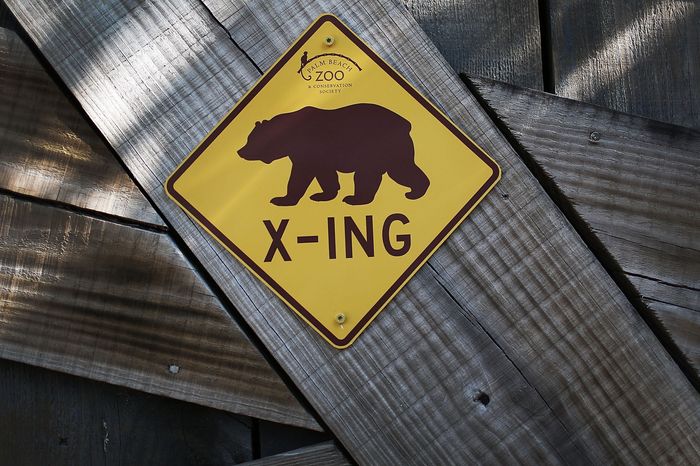
Joe Raedle/Getty Images
The bulls are grasping at straws when they celebrate the recent increase in short-selling volume.
They mistakenly believe that short interest — the percentage of a company’s shares that are sold short — is a contrarian indicator. If that were the case, it would be bullish when the short interest ratio is high, as it is now. In fact, short sellers, who make money when a company’s stock falls, are more often right than wrong.
So the recent spike upward in short interest is a worrying sign. That’s according to research conducted by Matthew Ringgenberg, a finance professor at the University of Utah and one of academia’s leading experts on interpreting short sellers’ behavior.
In his seminal study on this subject, he reported that, when properly interpreted, the short-sale ratio “is arguably the strongest known predictor of aggregate stock returns” over the subsequent 12 months, outperforming any of a number of popular indicators used to forecast returns — such as the price-to-earnings or price-to-book ratios.
My mention of “proper interpretation” refers to Ringgenberg’s finding that the raw short-sale data becomes a better predictor by expressing where the short sale ratio stands relative to its underlying trend. The raw ratio represents the number of shares sold short as a percentage of total shares outstanding. Ringgenberg’s detrended version of this short-sale ratio is plotted in the accompanying chart, below.

Notice from the chart that, but for a one-month spike in 2013, this detrended short interest ratio is nearly as high today as it was prior to the 2007-2009 bear market that accompanied the Global Financial Crisis and during the fast drop that accompanied the initial lockdowns of the Covid-19 pandemic. That’s concerning enough, of course, but Ringgenberg in an interview also drew attention to the increase in the ratio over the past year — one of the sharpest in years.
This steep increase is a particularly worrisome sign because it means that short sellers have become more aggressively bearish as prices have declined. That, in turn, means they believe stocks to be even less attractive now than they were earlier this year.
It’s always worth emphasizing, however, that no indicator is perfect. I focused on Ringgenberg’s detrended ratio in a column this past March, when it was much lower than today and closer to neutral. Nevertheless, the S&P 500
SPX,
is 9.2% lower today than where it stood then.
So there are no guarantees, as there never is.
Why are short sellers more right than wrong?
The reason that short sellers are more right than wrong is that there are formidable barriers to selling a stock short, according to Adam Reed, a finance professor at the University of North Carolina at Chapel Hill. Because of those barriers, short sellers have to be especially committed and confident. Though that doesn’t mean they will always be right, it does mean the odds are more in their favor than for investors who are merely purchasing stocks.
Reed gave several examples of the barriers that short sellers face, including the expense and difficulty of borrowing shares in order to short them (which sometimes is formidable), the potential loss of a short sale (which is infinite), the uptick rule that prevents short selling on a down tick if the markets are falling, and so forth.
The bottom line? The recent advance in short interest is worrisome. Even if you don’t think the market has much further to fall, you’re kidding yourself if you think the uptick is actually bullish.
Mark Hulbert is a regular contributor to MarketWatch. His Hulbert Ratings tracks investment newsletters that pay a flat fee to be audited. He can be reached at [email protected].
